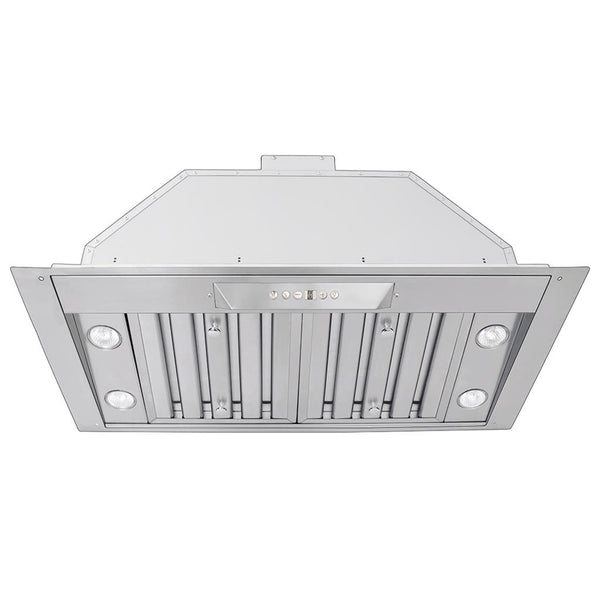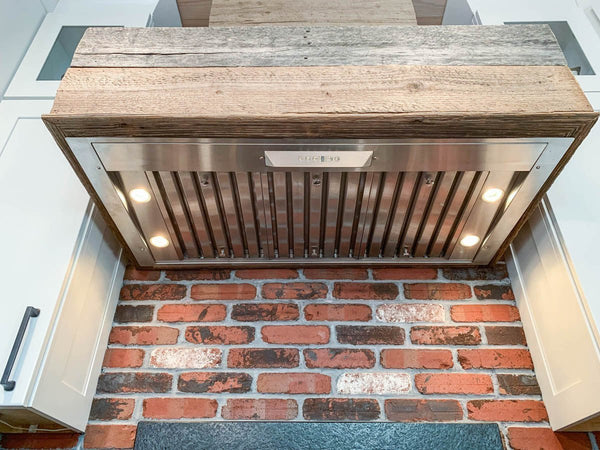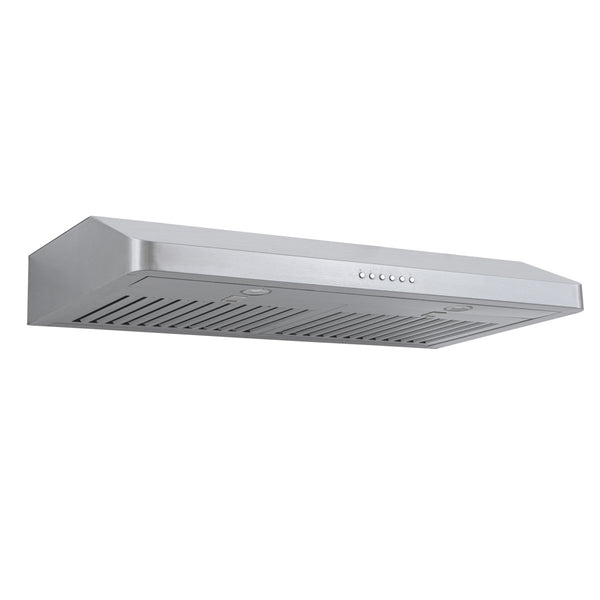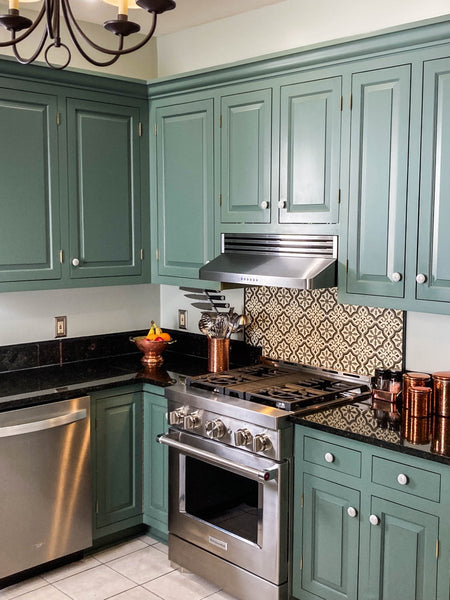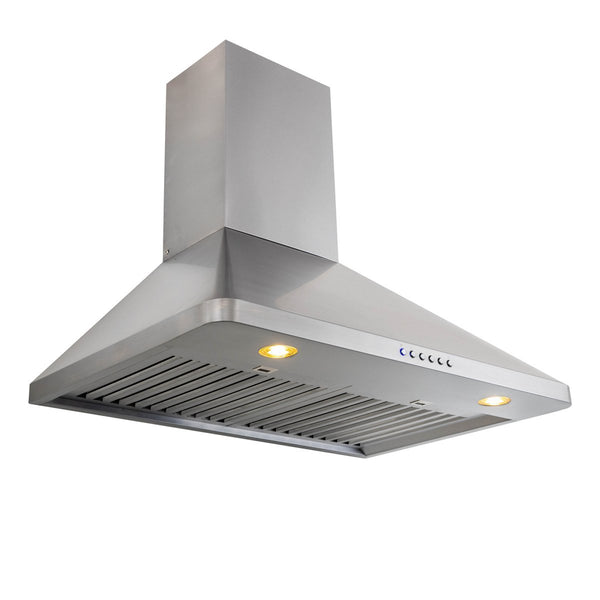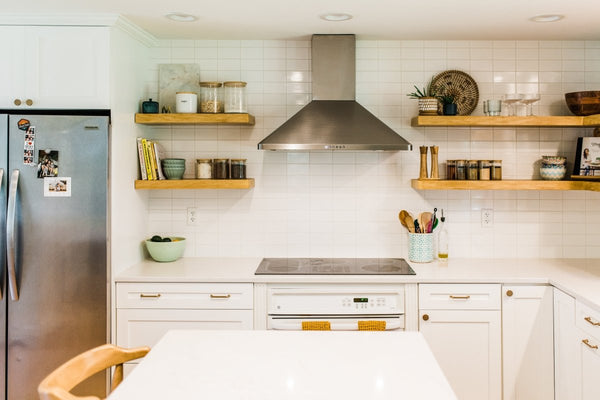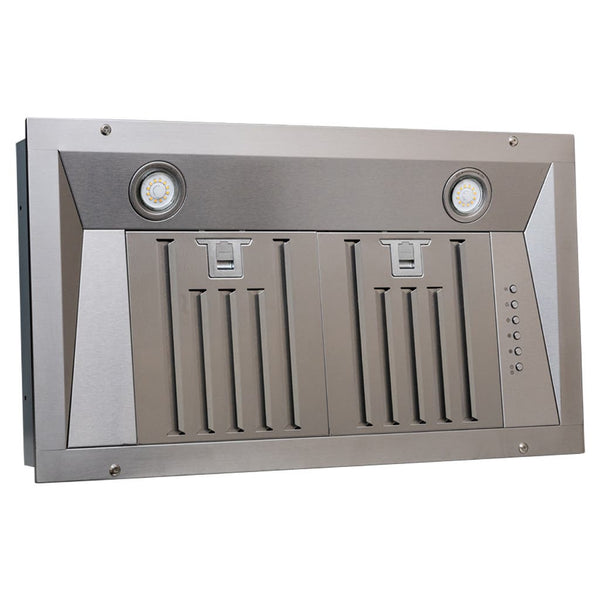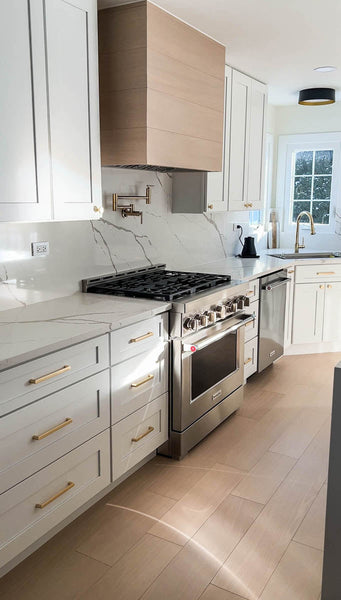Do you want a rice cooker that's easy to use in your kitchen and produces perfect results every time? If so, then this guide is for you.
There are so many different types and brands out there that it can be hard to choose.
Read this guide for everything that you need to know before making your purchase!
Type

Standard Electric Rice Cookers

Standard rice cookers typically have a cook setting and warm setting or something similar. They don’t have all the bells and whistles of a more expensive multifunctional rice cooker.
Electric rice cookers have a heating coil at the bottom of the inner pot that warms the entire pot. This can sometimes result in unevenly cooked rice.
Purchase the Aroma standard rice cooker from Amazon at this link.
Multifunctional Rice Cookers

Multifunctional rice cookers feature specific buttons for many different types of food. This can include oatmeal, soup, stew, pasta, quinoa, and many other dishes.
Take a look at the Comfee Multifunctional Rice Cooker on Amazon here.
Jar-o-Mat Rice Cookers

Like your standard rice cooker, the Jar-o-mat rice cookers are typically small and simple. They are user-friendly and can automatically adjust to the keep warm setting when your rice is done.
Jar-o-mat rice cookers feature one button to cook rice. They have a heating element on the bottom, but sometimes have multiple to cook rice more evenly.
They also have a hinged lid that keeps the heat in to help your rice cook evenly.
If you like the look of this rice cooker, buy yours on Amazon.
Induction Rice Cookers

Unlike electric rice cookers, induction rice cookers heat the entire pan, which results in evenly cooked rice. Electric cookers only feature one heating coil, which is most often on the bottom of the pan.
The Cuckoo Induction Rice Cooker is available on Amazon.
“Smart” Rice Cookers

Smart rice cookers change the temperature of the rice cooker while the rice is cooking. These cookers have built-in temperature sensors which ensure that your rice comes out delicious! Cooking rice in this way takes more time, but most smart cookers have a quick cook function as well.
You can find the Toshiba Smart Rice Cooker pictured above on Amazon at this link.
Size and Capacity

The capacity of rice cookers is measured in many different units: quarts, liters, pounds, cups...the list goes on.
But how much rice will your rice cooker cook?
It’s best to convert everything to cups first. One cup of uncooked rice is about two cups of cooked rice.
Here are a few helpful conversions for you.
1 pound = about 2.5 cups of uncooked rice
1 liter = about 4.2 cups of uncooked rice
1 quart = 4 cups of uncooked rice
Serving size depends on the person at the end of the day. Some people might want one cup of cooked rice, others might want more. Sometimes even a half cup of rice is enough.
Rice Cooker Size for 1 Person
Small rice cookers have a capacity of two to three cups, which will make four to six cups of cooked rice. Depending on your serving size, this can make two to three meals.
Standard Rice Cooker Size
The most popular rice cookers for one person are two to three cups. But you can find large rice cookers that hold 10, 20, or even 30 cups of uncooked rice.
Settings
Each rice cooker may have different settings that allow you to cook your rice exactly how you like. The most popular settings include reheat, white rice, and brown rice. Many rice cookers also have settings for different dishes like oatmeal, risotto, and soup.
More expensive rice cookers may have settings like pre-washed, semi-brown, and brown so you can cook your rice how you like it!
So, if you use your rice cooker often and cook a variety of foods with it, pay close attention to its settings.
Inner Pot
You have four options for the inner pot of your rice cooker: non-stick, ceramic, stainless steel, and clay.
Non-Stick
Non-stick pots are popular because they are incredibly easy to clean. The non-stick coating keeps rice from sticking to the bottom and sides of the pot. The main downside of non-stick pots is that over time, the coating wears off.
In some cases, if the coating gets into your rice, it can be hazardous. But any manufacturer with a red flag like that on their rice cooker will make sure to tell you. Most non-stick coatings are safe thanks to safety standards and requirements.
If the non-stick coating wears off, it may be time to replace your rice cooker. Check out the product manual to see what the manufacturers suggest, too.
Ceramic
Ceramic cookware is completely natural and safe. You don’t need to worry about any coating wearing off or toxic materials. Ceramic inner pots conduct heat incredibly well, warming your rice evenly. You won’t have many problems burning your rice or cooking it unevenly with a ceramic inner pot.
But, these pots can break easily. On top of that, they can be expensive. Be extra careful when cooking with your ceramic rice pot.
Stainless Steel
Stainless steel is a popular option for the inner pot of your rice cooker. It is durable and cheap. On top of that, you can cook pretty much anything in a stainless steel pot.
The main downside to stainless steel is that it can cook the rice more unevenly than other materials. Stainless steel is also easy to dent or scratch. But it doesn’t break like a ceramic pot might.
Clay
A clay inner pot might sound a little ridiculous. But really, it works! Like ceramic, clay is 100% natural and eco-friendly. It conducts heat well and will cook your rice evenly. Not to mention it also retains heat for a long time.
Compare brands.
When shopping for any product, it’s important to keep the brand in mind. You should look for a trusted brand that’s known for its production of kitchen appliances. Or, even better, rice cookers. But you might not be able to find that.
Popular American brands that make rice cookers include Hamilton Beach, Black and Decker, and Aroma. Several Japanese companies also manufacture quality rice cookers, including Toshiba and Zojirushi.
Take a look at the best-selling rice cookers on Amazon to get an idea of the most trusted brands for quality rice cookers.
Quality

Based on your cooking habits, you need to decide how much you want to invest in a rice cooker. Should you invest in an expensive rice cooker or does a less expensive rice cooker satisfy your needs?
Higher quality rice cookers range between $100 to $300.
You can find a reliable rice cooker for $100 to $150. Chances are high people will find the most value out of these rice cookers. Not many will absolutely need the extra features of the $200 or $300 rice cookers.
Lower quality cookers are typically below $100. “Low quality” doesn’t always mean bad. A cheaper rice cooker might be perfect for someone in an apartment. Or, if you don’t cook rice often, this may be perfect for you.
What defines quality? It covers everything from the number of settings and features to the material of the inner pan. Also, as we discussed above, consider the brand of your rice cooker. Are they well known? How popular are their rice cookers? Does this brand produce other high-quality products for your kitchen?
These are a few questions to consider before you buy your new rice cooker.
Check out the video below comparing the performance of a $350 Zojirushi rice cooker to a $50 Aroma rice cooker.
Reviews
Reviews are vital to choosing the right rice cooker for you. They give you insight from real people who used the exact rice cooker that you’re considering buying. You’ll want to find a rice cooker that has a four to five-star rating.
Rice cookers on Amazon have extensive reviews and helpful Q&A sections about the individual products too.
Warranty
Before you pull the trigger on a rice cooker, it’s a good idea to review the limited warranty. Take a look at what it covers and doesn’t cover before you buy a product. The warranty can be a lifesaver if you’re not 100% confident that the product will work for you. You don’t want to end up with a product that doesn’t work for you or one that breaks but can’t be returned.
How to Reheat Rice in a Rice Cooker
Most rice cookers have a “keep warm” or “reheat” setting that you can use to reheat your rice. You’ll want to add about a tablespoon of cold water so that your rice doesn’t dry out or burn as it heats up. Make sure the rice cooker is clean before you reheat your rice.
If your rice cooker doesn’t have a reheat setting, put it in the microwave for about 30 seconds to a minute. You might need to warm it up for more time depending on how much rice you are reheating.
How to Prevent Rice from Sticking to the Bottom of the Rice Cooker
Rice sticks to the bottom of the pan because there’s not enough water. Add water if it sticks to the bottom of the pan. If the rice has too much starch, it may also stick to the bottom. You can also soak the rice in water to remove some of its starch.
Most rice cookers are designed to cook for a set time that makes you delicious fluffy rice. So a long cook time won’t often be the issue. But it is possible.
Add a small amount of oil or a thin slice of butter to keep the rice from sticking to the bottom. Don’t use too much oil or butter because it can impact the flavor of your rice.
Frequently Asked Questions

Why buy a rice cooker?
It may be obvious, but if you cook a lot of rice, a rice cooker is perfect for you. But that’s not the only reason. Multi-functional rice cookers are great to prepare dishes like oatmeal, soup, chili, pasta, hard-boiled eggs, potatoes, and more.
A rice cooker cuts down on the time you have to supervise your food so you can set it and forget it. If you are working long days, a rice cooker will make your life easier! A quality rice cooker can last you years. So if you expect to use it often, don’t be afraid to spend a little more money up front. It’ll be worth it if you can find the right product!
How long does rice last in a rice cooker?
Rice will last about 12 hours in a rice cooker after it's fully cooked. If you leave your rice in the cooker longer than 12 hours, then it may develop bacteria. Fourteen or 15 hours is not a big deal as bacteria take more time to grow.
Sometimes you might not be sure how long your rice was in the rice cooker. In that case, if the rice smells sour or looks dry, it’s bad.
But definitely don’t leave it in for a full day.
The longer you leave your rice in the rice cooker, the drier it will get. This will impact the flavor and you’ll probably end up having to make fresh rice again.
If you want your rice to last longer, you can store it in the fridge. Storing rice in the fridge will slow the growth of the bacteria. You can put rice in the fridge for two to three days before it goes bad, sometimes a little longer. Just make sure to smell it before you dig in!
How long does a rice cooker take?
Rice takes different amounts of time depending on how much rice you’re cooking and the brand. Generally, rice takes between 22 and 35 minutes to cook. Typically, the more rice you cook, the longer it will take. Every brand may have different instructions for the cook time, so take a look at the owner’s manual if you have any doubts.
One of the most convenient features of a rice cooker is that you don’t have to worry about the cook time. The rice cooker will turn off automatically after the rice is fully cooked. But it is still good to be aware of how long your rice should cook.
Some rice cookers have different cook time options. In this case, your best bet is to read the manual. Most just have a set cook time though. You fill the rice cooker with the appropriate amount of rice and water, then hit a button to cook it.
How much is a rice cooker?
Rice cookers cost anywhere from $20 to $300. A reliable rice cooker costs around $80 to $100. Typically, the less expensive the rice cooker, the fewer settings and extra features it has.
If you look for one in the $20 to $40 range, it will most likely be made of lower-quality materials or be less durable.
The $300 rice cookers aren’t necessarily ultra-durable – at least not much more durable than a $100 rice cooker. But they offer many different features and settings. For example, some rice cookers can change the cooking time in real-time to ensure your rice cooks perfectly.
What else can you cook in a rice cooker?
You can cook several types of dishes in a rice cooker. Some include oatmeal, quinoa, chili, pasta, soup, and much more! Before you drop everything and cook whatever you’d like in a rice cooker, check the product page first. Most product pages will tell you if you can cook other foods in the rice cooker. Look for “multifunctional” rice cookers if you want a versatile one.
If the rice cooker does not say anything about cooking other foods in it, don’t do it. You might break the rice cooker.
Most rice cookers should cook at least a few different types of meals. But if you invest in a cheap rice cooker, be careful. Always check the manual!
How much water do I put in my rice cooker?
Read the product manual and use the recommended ratio of rice to water. If in doubt, use a 1:1 ratio and babysit your rice cooker the first time you use it. Each rice cooker may be a little different and ask for up to 1.75 cups of water per cup of rice. Two cups of water per cup of rice will leave it watery in most rice cookers.
If the rice comes out too watery or dry, you can adjust accordingly. If you are cooking a larger quantity of rice, use the same ratio outlined in the product manual.
That’s it for our article on how to choose a rice cooker. Have you found one that you like? We hope all this information helped you decide on the right rice cooker for you! Thanks for reading!
Related Articles
How to Make Healthy Meals for My Family
How many calories should I eat per meal to lose weight?
As an Amazon Associate, we earn from qualifying links.
